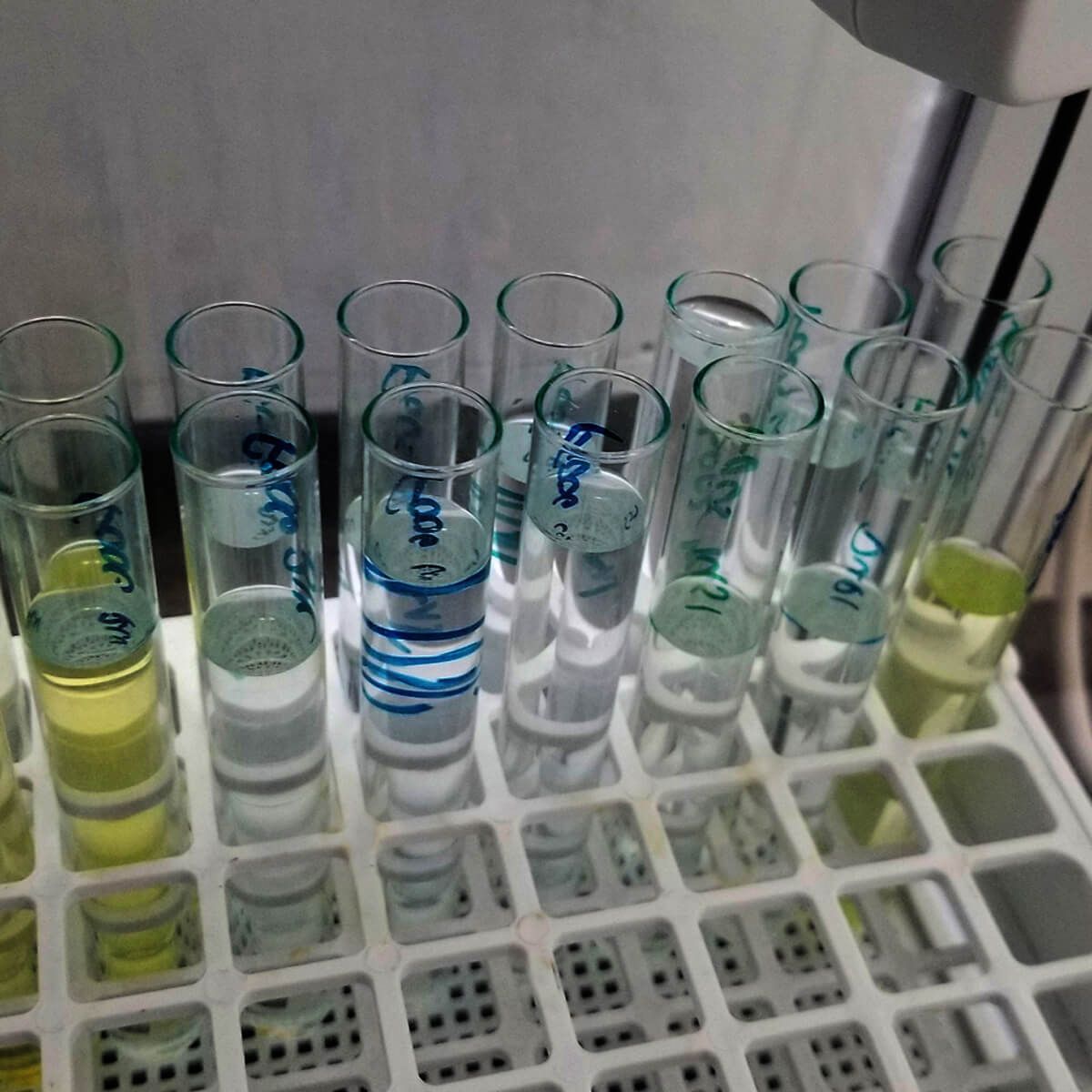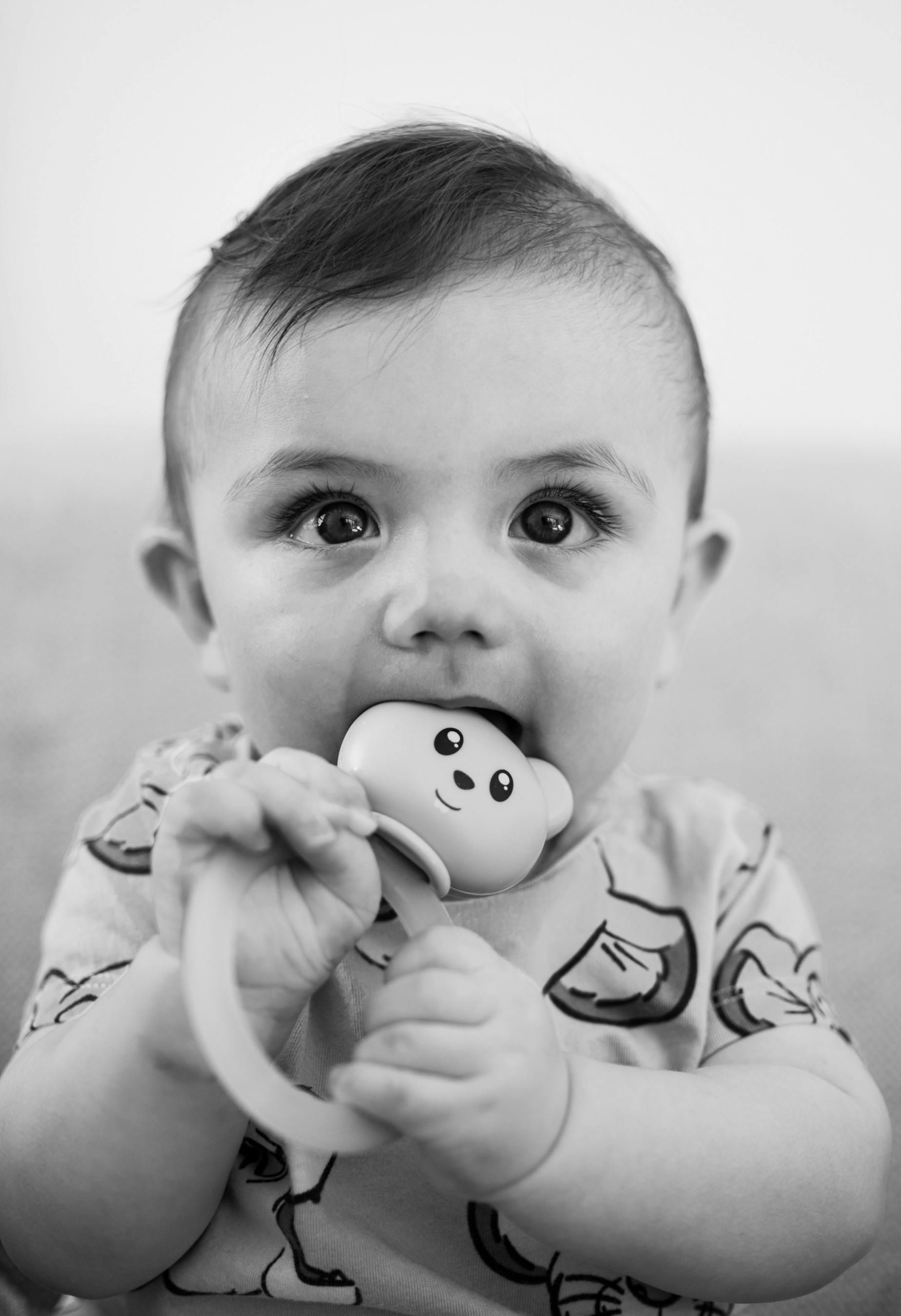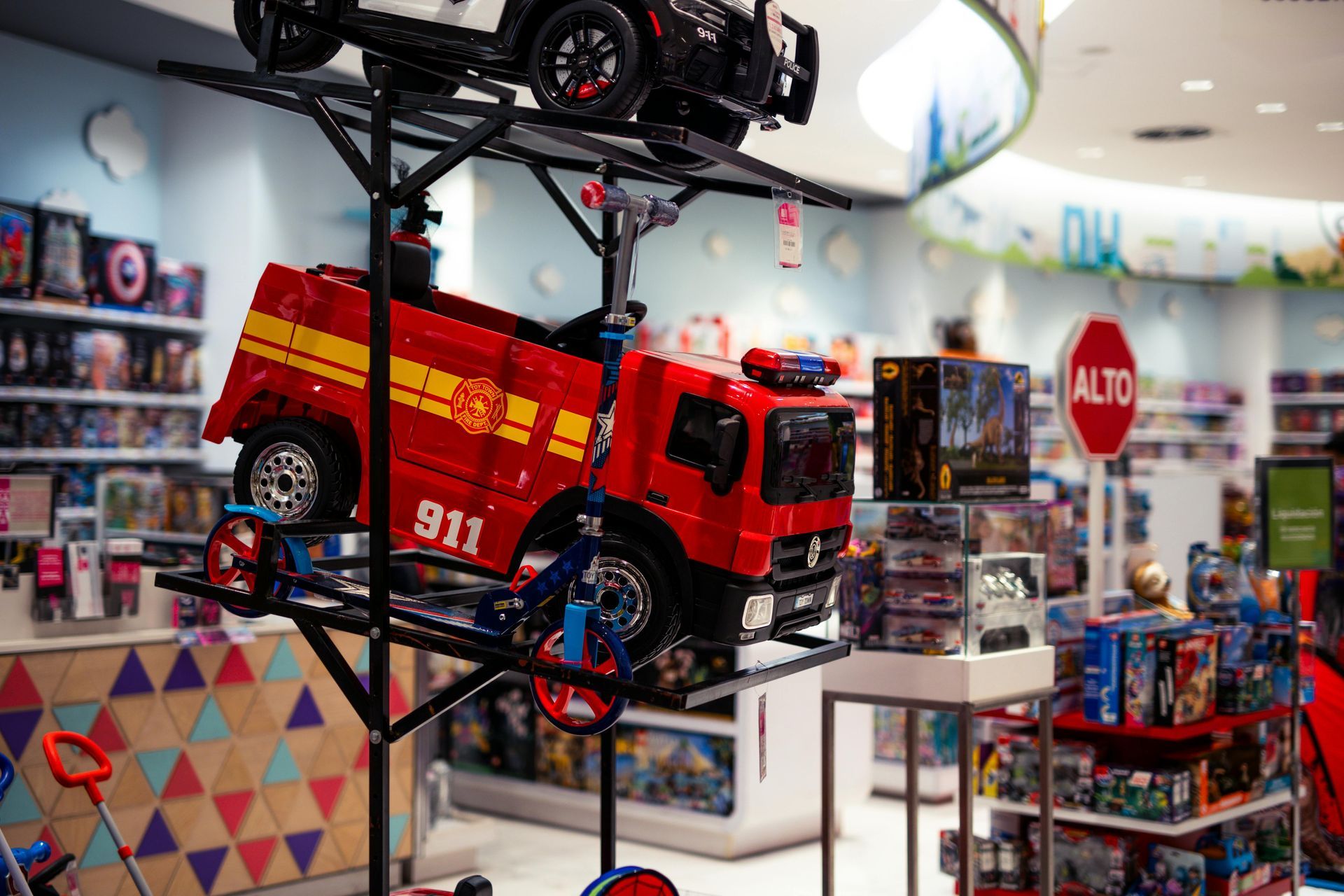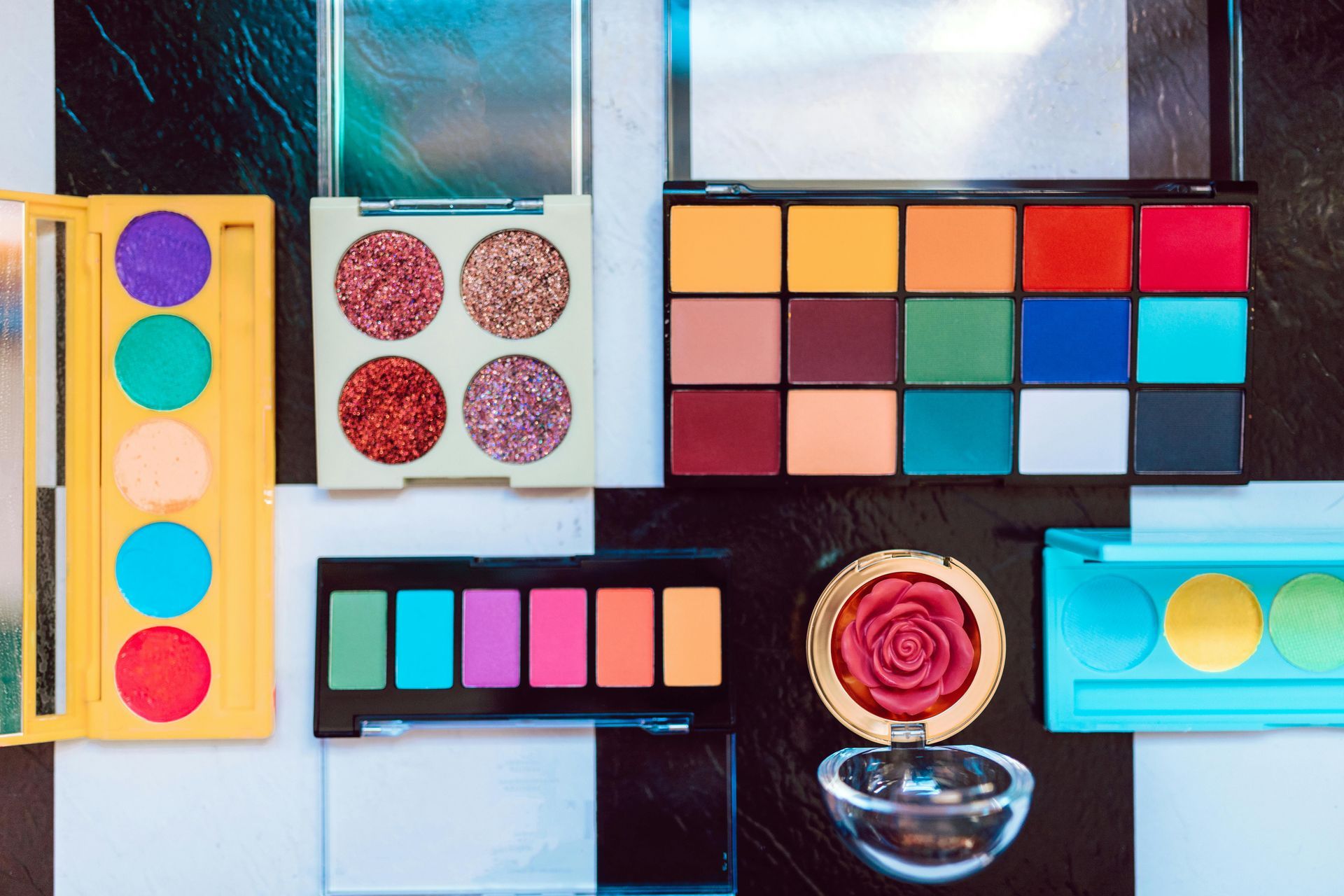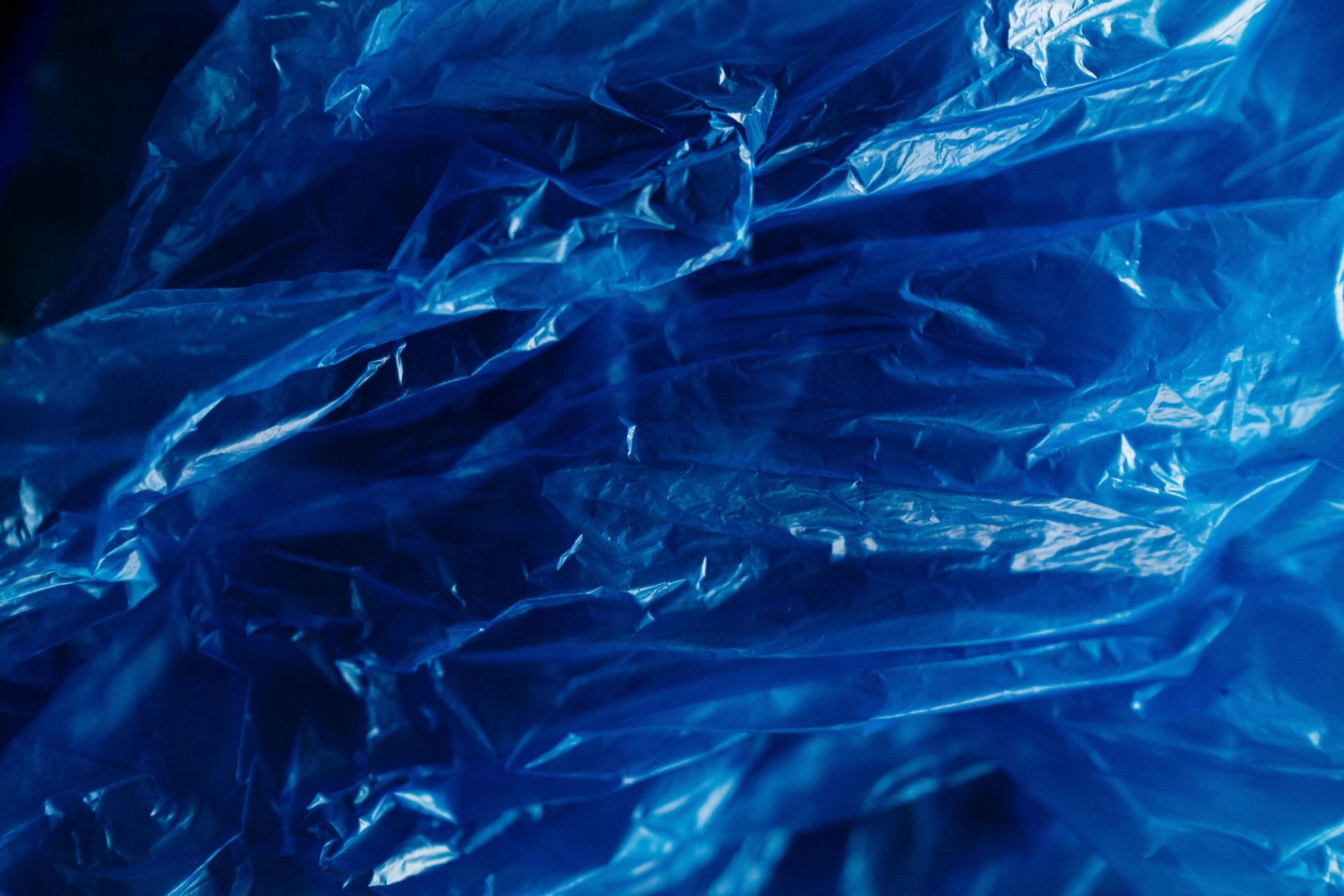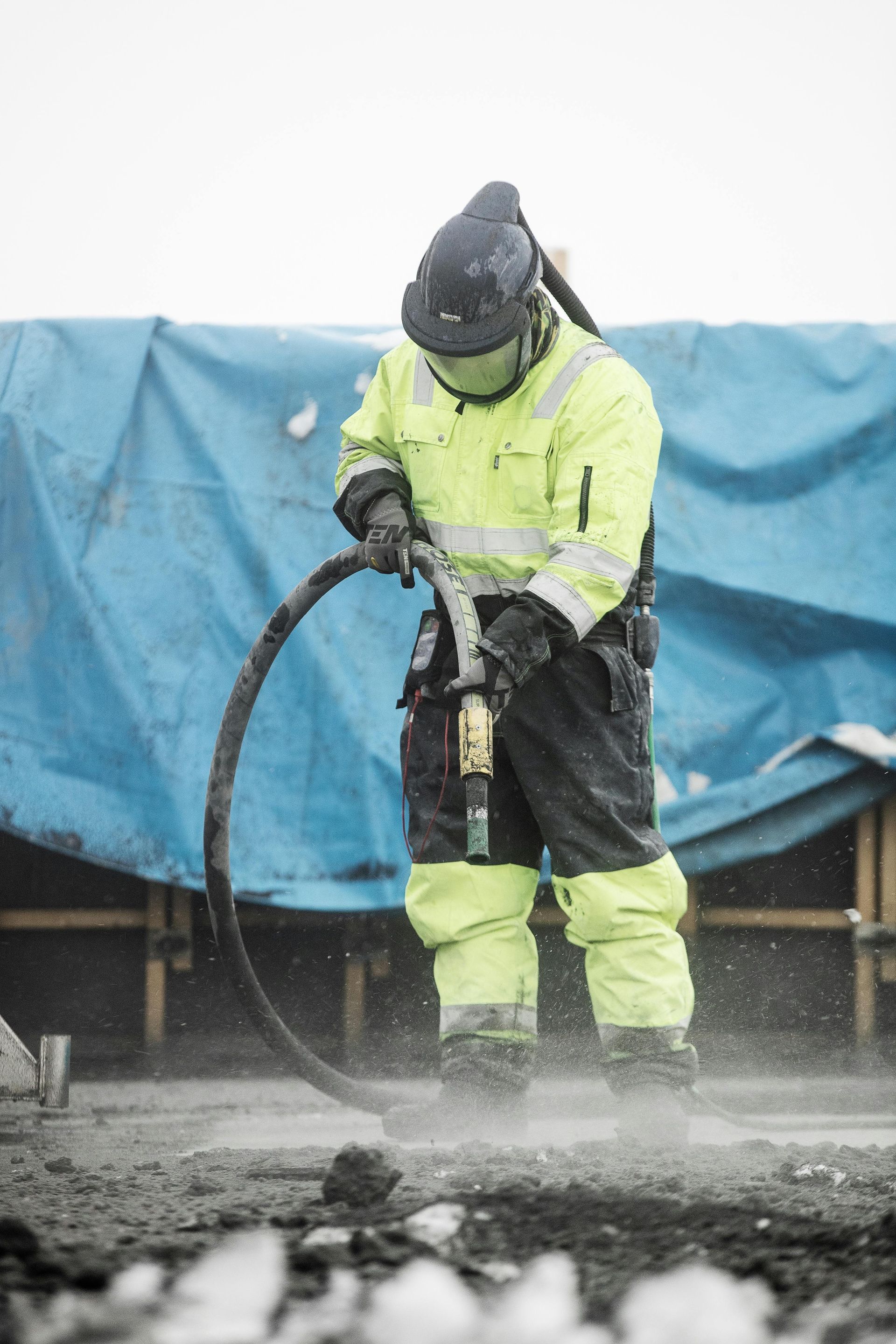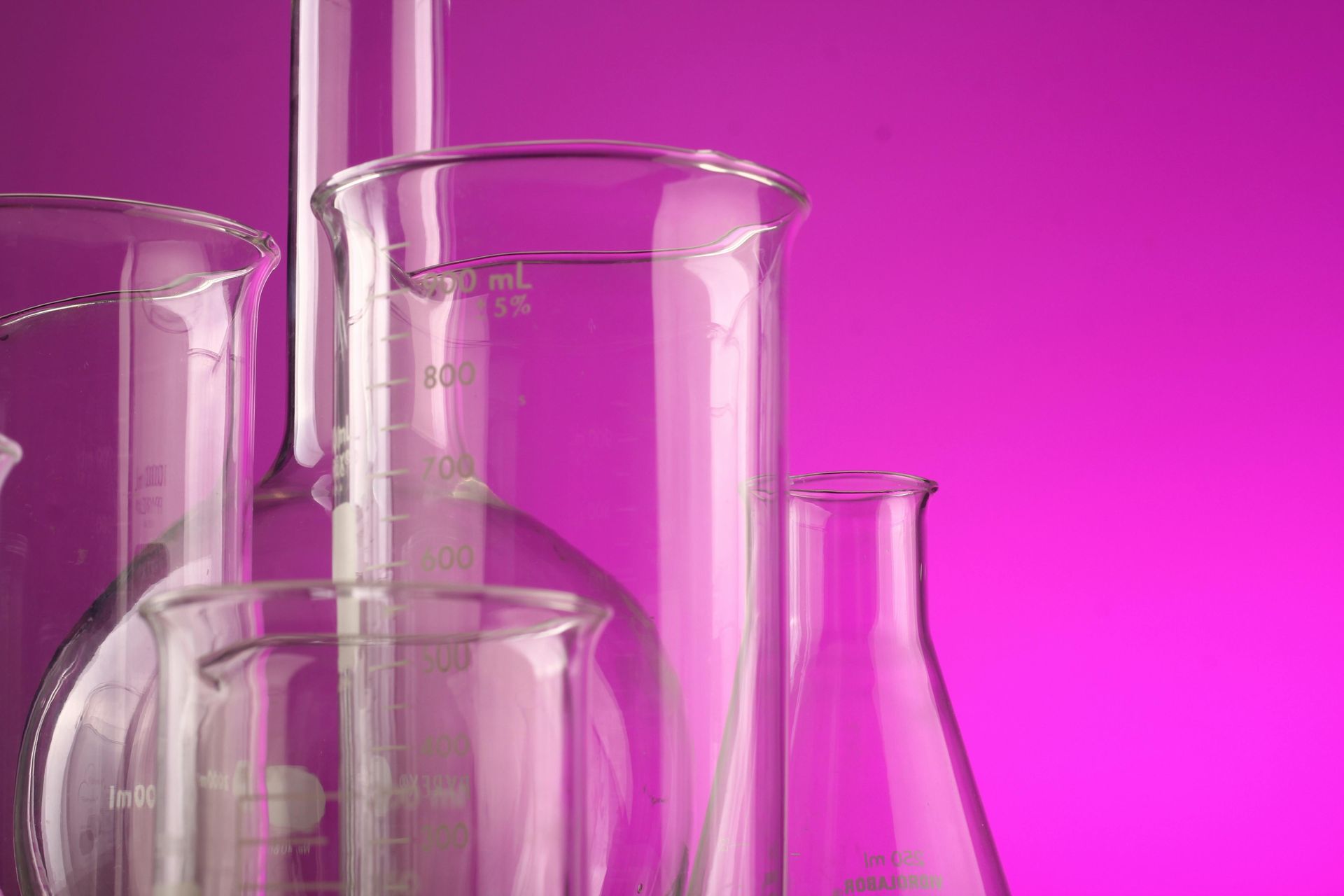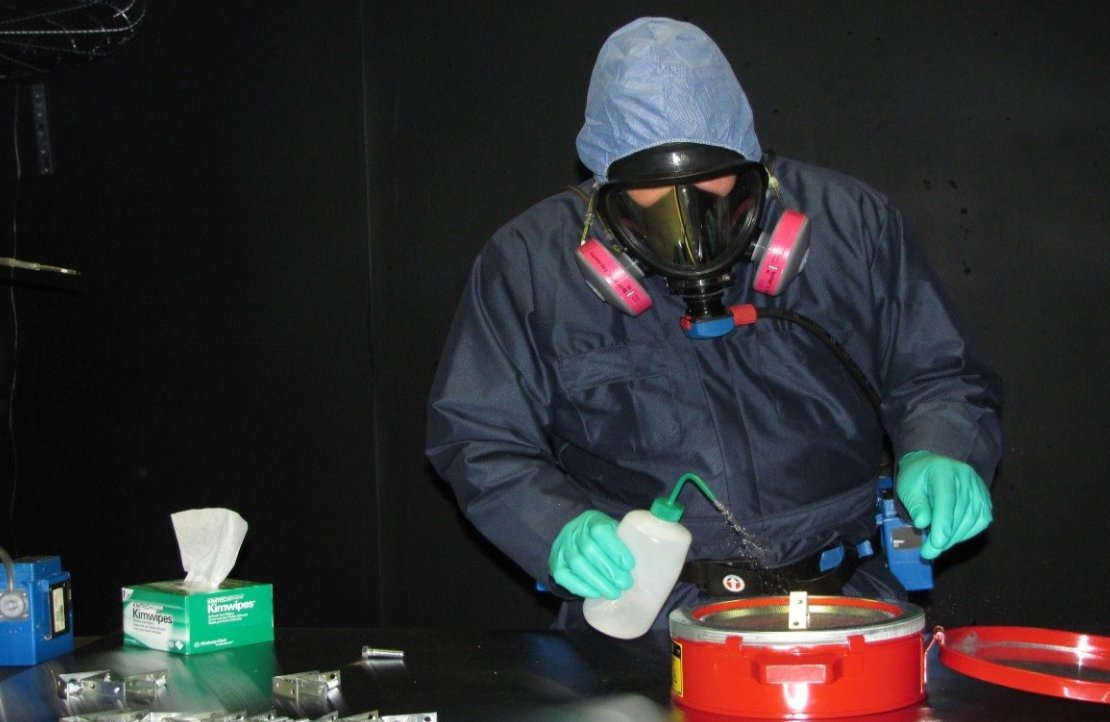Ensuring Safety and Quality in Children's Products: A Guide for Manufacturers
How Manufacturers Can Protect Children by Making Informed Choices on Materials, Design, and Compliance

As a manufacturer of children's products, ensuring compliance with safety and environmental standards is not only a legal requirement but also a critical step in maintaining your brand’s reputation. The Consumer Product Safety Commission (CPSC), Food and Drug Administration (FDA), and Environmental Protection Agency (EPA) have set clear guidelines that must be followed to bring safe and eco-friendly products to market. But navigating these regulatory waters can be complex and time-consuming. That’s where MAS comes in.
Achieving Compliance with Expert Testing
Children’s products are subjected to heavy use, and, in some cases, direct contact with skin and mouths. Therefore, the materials used must be free of harmful chemicals and meet strict safety standards. Common hazardous substances like lead, phthalates, and formaldehyde can be found in various products. Manufacturers should prioritize materials that have passed rigorous safety tests. Selecting certified, non-toxic fabrics, plastics, and paints is essential for producing items that meet both consumer expectations and legal requirements.
At MAS, we specialize in providing the regulatory testing that manufacturers need to meet safety and environmental guidelines. Our focus is on chemical and material testing, ensuring that your products adhere to CPSC, FDA, and EPA standards for non-toxic and environmentally friendly components. With MAS, you can confidently manufacture products knowing they are free from harmful chemicals and meet all required regulations.
What to Consider:
- Work with suppliers who provide material certifications (e.g., OEKO-TEX, ASTM standards).
- Regularly test for harmful chemicals, especially when introducing new materials into your production line.
- Make informed decisions about durability and hygiene—consider how your product will hold up under everyday wear and tear by children.
1. Flammability Standards:
The CPSC mandates flammability tests for children's clothing to ensure that fabrics do not easily catch fire. Specific requirements are in place for children's sleepwear, which must adhere to stricter standards to prevent burn injuries. Manufacturers must ensure that their sleepwear products comply with these regulations by using flame-resistant fabrics or producing snug-fitting garments to reduce the risk of fire-related injuries. [1]
2. Chemical Safety:
Children’s clothing must be free from harmful chemicals such as lead and phthalates. These substances can pose significant health risks, including developmental issues and hormonal disruptions. Manufacturers should ensure that all products undergo thorough testing to certify they are free from these toxic chemicals. Additionally, chemicals like formaldehyde and azo dyes, which can cause allergic reactions and skin irritations, should be strictly avoided in production. [3]
For a deeper understanding of chemical exposure and safety standards, read our detailed analysis in Understanding Bromopropane Exposure.
3. Drawstrings and Small Parts:
Clothing with drawstrings, especially around the neck and waist, poses a strangulation hazard. The CPSC has regulations that limit the use of drawstrings in children's outerwear. Additionally, small parts like buttons and decorative elements must be securely attached to prevent choking hazards. Manufacturers should regularly inspect and test these elements to ensure compliance and safety. [4]
The Role of MAS in Ensuring Safety
Materials Analytical Services (MAS) plays a vital role in helping manufacturers ensure that children’s clothing meets all safety and quality standards. By providing rigorous testing and certification services, MAS helps guarantee that products are safe before they reach the market. Here’s how MAS contributes to safer children’s clothing:
1. Comprehensive Testing Services:
MAS conducts a wide range of tests on children's clothing, including flammability and chemical safety tests. These tests are performed at our certified laboratory in Suwanee, GA, ensuring accuracy and reliability. Our testing protocols are designed to simulate real-world conditions, providing comprehensive safety evaluations.
Explore how MAS is leading advancements in trace metal testing, crucial for maintaining high safety standards, in our post on Modernizing Trace Metal Testing.
2. Certification and Labeling:
Products that pass our comprehensive testing and analyses receive certification labels from our sister company MAS Certified Green®, indicating they have met all regulatory requirements. Manufacturers can rely on these labels as a mark of quality assurance, reflecting that the product has undergone thorough scrutiny.
3. Ongoing Monitoring and Compliance:
MAS not only tests products before they reach the market but also conducts ongoing monitoring to ensure continued compliance. This helps identify and address any emerging safety concerns, providing parents with peace of mind. Regular audits and surprise inspections are part of their strategy to maintain high safety standards.
Discover additional efforts by MAS in ensuring toy safety, particularly regarding water beads, in Keeping Kids Safe: How MAS Tackles Water Bead Hazards in Toys.
Conclusion
Ensuring the safety and quality of children's clothing is a shared responsibility between manufacturers and regulatory bodies. By understanding safety standards and relying on trusted testing organizations like MAS, manufacturers can produce safe and compliant products. Prioritizing safety and quality in production processes helps avoid costly recalls, builds consumer trust, and contributes to a safer environment for children. With proactive measures and continued vigilance, manufacturers can lead the way in creating high-quality, safe clothing for the next generation.
Additional Resources
For manufacturers seeking more information, numerous resources are available to help make informed choices about children's clothing testing, and we are here to help guide you in the right direction. Call or email MAS today. We are happy to answer your questions and concerns and provide testing services for any children’s products you produce, ensuring compliance with all safety regulations.
Websites like the CPSC provide detailed guidelines and updates on safety standards. Additionally, subscribing to industry-specific publications and safety forums can offer valuable insights and updates on regulations. Local consumer protection agencies and non-profit organizations focused on child safety also provide resources and advocacy opportunities. By leveraging these resources, manufacturers can stay proactive in ensuring their children's clothing products meet the highest safety standards.
Sources
1. U.S. Consumer Product Safety Commission. (n.d.). Flammable Fabrics Act. Retrieved from [https://www.cpsc.gov/Regulations-Laws--Standards/Statutes/Flammable-Fabrics-Act]
2. U.S. Consumer Product Safety Commission. (n.d.).Children's Sleepwear. Retrieved from [https://www.cpsc.gov/Business--Manufacturing/Business-Education/Business-Guidance/Childrens-Sleepwear]
3. U.S. Consumer Product Safety Commission. (n.d.). Phthalates Information. Retrieved from [https://www.cpsc.gov/Business--Manufacturing/Business-Education/Business-Guidance/Phthalates-Information]
4. U.S. Consumer Product Safety Commission. (n.d.). Drawstrings in Children's Upper Outerwear. Retrieved from [https://www.cpsc.gov/Business--Manufacturing/Business-Education/Business-Guidance/Drawstrings-in-Childrens-Upper-Outerwear]
Resources
QUICK LINKS
CONTACT
© 2024 Materials Analytical Services, LLC. All rights reserved.

